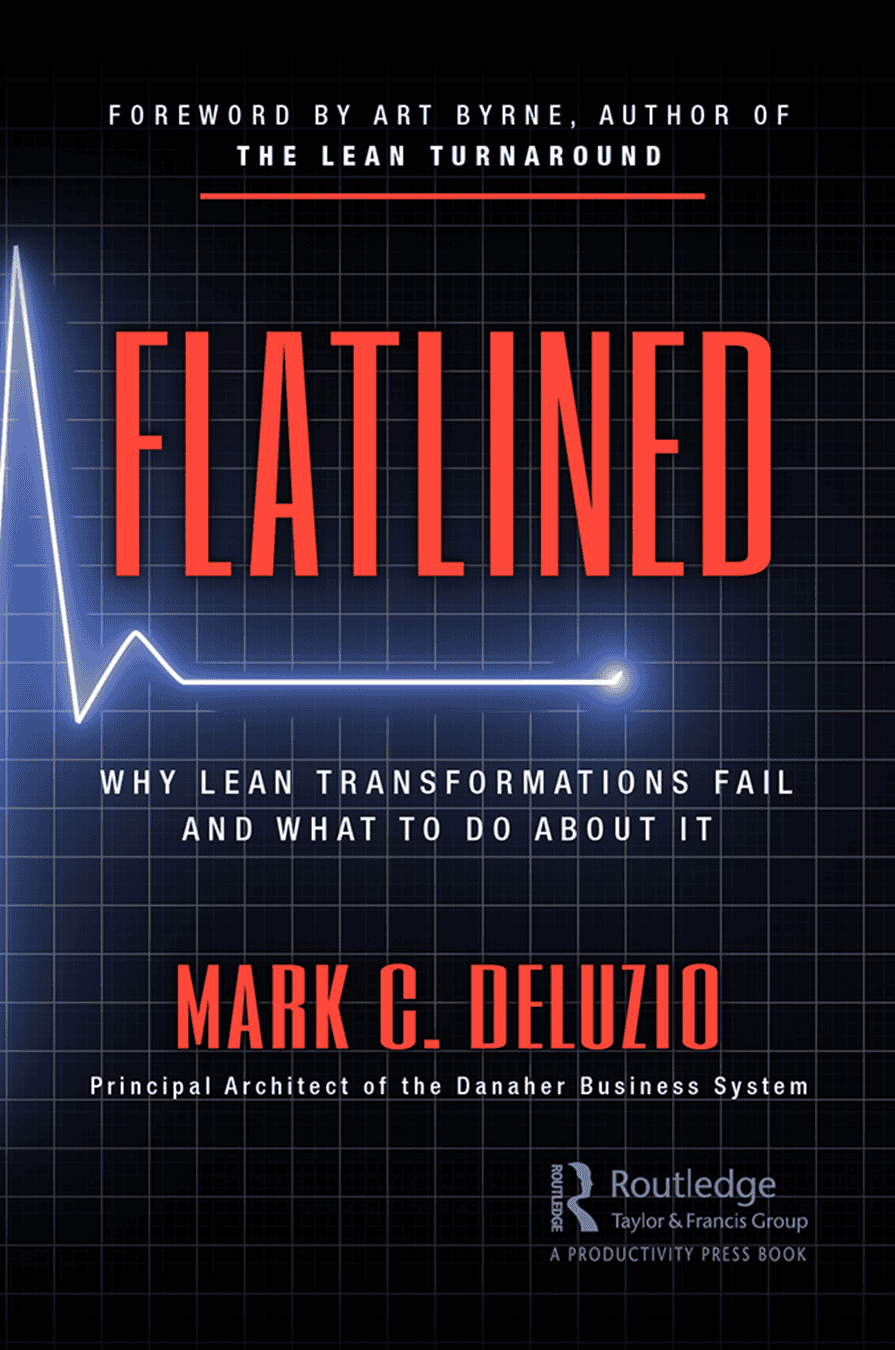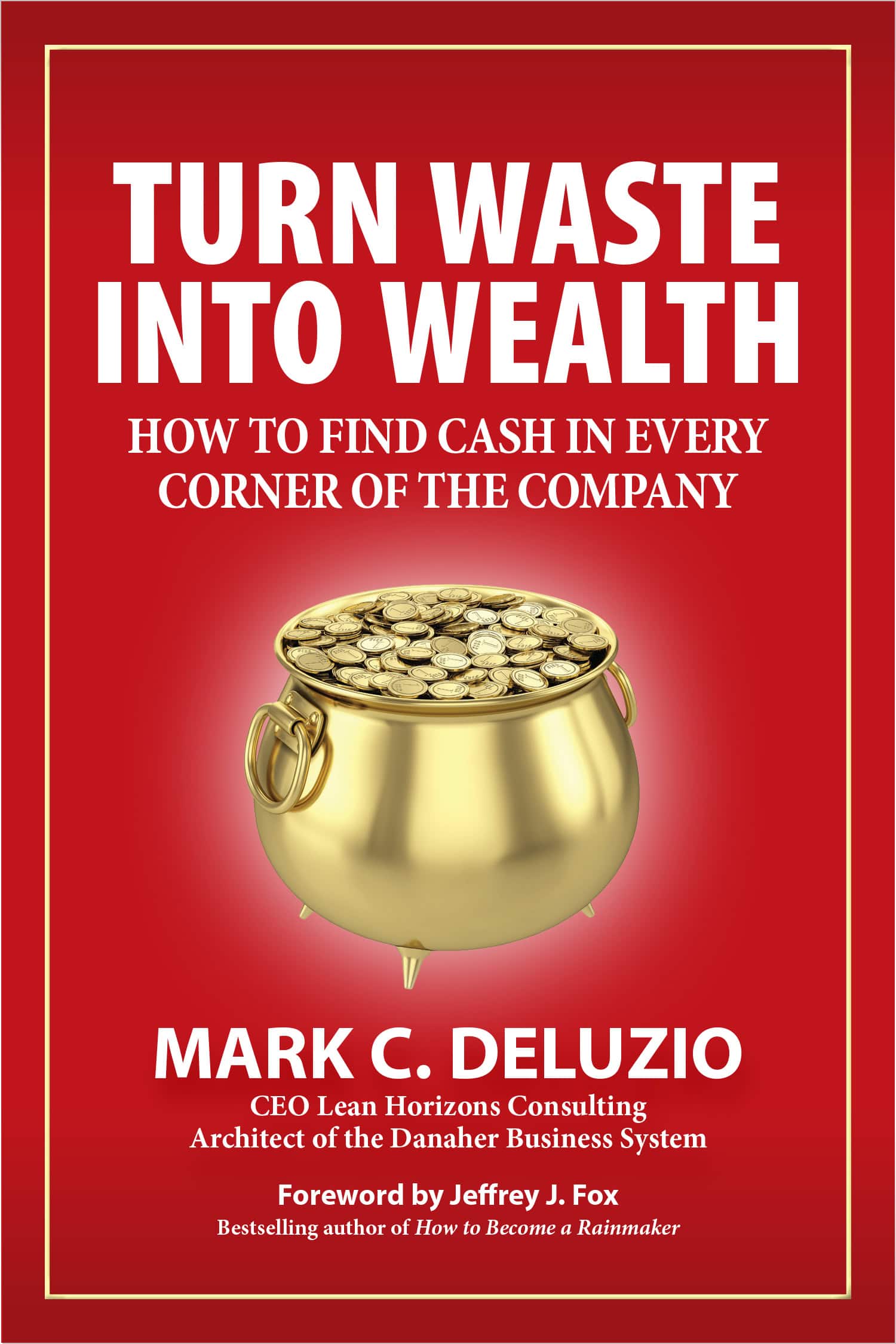Stepping onto a manufacturing floor that is operating at peak performance is not unlike attending an opera. Each assembly cell creates its own unique tune, providing a critical note to the symphony of motion ringing out. The hum of productivity builds as...
Lean Horizon Consulting
tools
What Leaders Should Expect During a Lean Transformation
Embarking on a lean transformation journey can be a powerful, evolutionary strategy for organizations aiming to reduce waste, improve efficiency, and drive continuous improvement. The Lean transformation strategy, often inspired by the standard principles of Lean...
Six Sigma Versus Lean Tools
Lean and Six Sigma have now matured as the premier continuous improvement tools in today’s business environment. But there is still much confusion over which is the best tool to use and when. Some companies declare themselves staunch six sigma advocates and some are...
How do You Apply Lean Growth Solutions to Drive Sustainable Competitive Advantage
Successful, profitable innovation (the lifeblood of any company) means developing the right products for the right markets at the right times. For technology-driven product companies, the last remaining areas of competitive differentiation lie in their product...
What Should we do First, Lean or Six Sigma?
I continue to be asked: “what should we do first, Lean or Six Sigma?” Here is our position on this subject: Six Sigma is a problem solving tool. Problem Solving is a subset of Lean (which is comprised of many tools), and it makes no sense to build a culture around a...

Flatlined: Why Lean Transformations Fail and What to do About It
